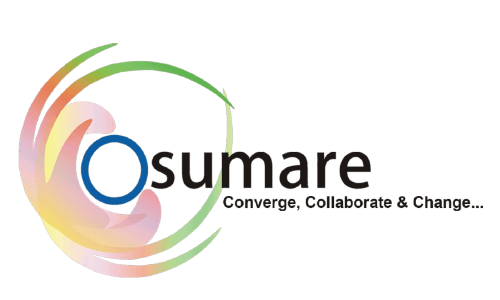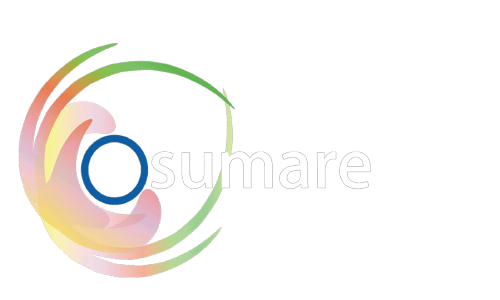In the fast-paced world of digital marketing, crafting compelling copy is the secret to grabbing attention, driving engagement, and converting prospects into customers. Whether it’s an ad that stops users mid-scroll or a landing page that persuades them to take action, the words you choose can make all the difference. Writing effective copy is not just about being creative; it’s about understanding your audience, tapping into their desires, and delivering a message that resonates.
Understanding Your Audience
1. Know Your Target Market
Great copy begins with a deep understanding of your audience. Before you put pen to paper (or fingers to keyboard), take the time to research who your target customers are. What are their pain points, needs, and aspirations? What solutions are they searching for? The more you know about your audience, the better you can tailor your messaging to resonate with them.
For example, if your audience is busy professionals looking for time-saving solutions, your copy should emphasize efficiency and convenience. On the other hand, if you’re targeting eco-conscious consumers, highlighting sustainability and environmental benefits will strike the right chord.
2. Speak Their Language
The words you use should mirror the language and tone of your audience. Use terminology and phrases they understand and relate to. Avoid jargon unless it’s common within your niche and appeals to your audience. The goal is to make your copy feel like a natural conversation, making readers feel understood and valued.
Crafting Copy That Converts
1. Start with a Powerful Headline
Your headline is the first thing your audience sees, and it determines whether they’ll keep reading. A compelling headline grabs attention, sparks curiosity, and communicates the main benefit of your offering.
To craft effective headlines:
- Be clear and specific about what you’re offering.
- Highlight a benefit or solve a problem.
- Use action-oriented language to create urgency or excitement.
2. Focus on Benefits, Not Features
While it’s tempting to list all the features of your product or service, it’s more impactful to focus on the benefits your audience will gain. Features describe what your product does, but benefits explain how it improves the user’s life.
For instance, if you’re selling a smartwatch, a feature might be “24-hour battery life,” but the benefit is “Stay connected all day without worrying about recharging.” Always answer the question, “What’s in it for the customer?”
3. Use Persuasive Techniques
Compelling copy often employs proven psychological principles to motivate action:
- Social Proof: Highlight testimonials, reviews, or user statistics to build credibility.
- Scarcity and Urgency: Phrases like “Limited Time Offer” or “Only 5 Left in Stock” encourage immediate action.
- Storytelling: Share relatable stories that connect emotionally with your audience.
4. Use a Clear and Persuasive Call-to-Action (CTA)
Every ad or landing page should have a clear next step for the audience. Whether it’s clicking a button, signing up for a newsletter, or making a purchase, your CTA should be action-oriented, specific, and persuasive.
For example, instead of a generic “Submit” button, use “Get Your Free Trial” or “Download Now to Start Saving.” Use active verbs and highlight the value the audience will receive by taking action.
Writing for Ads
1. Keep It Short and Sweet
In ads, space is limited, so your copy needs to be concise and impactful. Every word counts. Use short sentences, punchy phrases, and bold language to grab attention quickly.
For instance, instead of “Check out our new line of skincare products designed to give you smoother, healthier skin,” write “Glowing Skin Starts Here. Shop Now!”
2. Include a Hook
The first few words of your ad are crucial. Use a hook that sparks curiosity, addresses a pain point, or offers a solution. For example:
- “Tired of struggling with clutter? We’ve got the solution.”
- “Save time and money with our game-changing app.”
Writing for Landing Pages
1. Keep the Design and Copy Cohesive
Your landing page copy should work seamlessly with its design. Use clear headings, subheadings, and bullet points to make the content easy to skim. Break up large blocks of text to maintain readability, and ensure that your visuals complement the message you’re conveying.
2. Address Pain Points
A high-converting landing page acknowledges the customer’s pain points and presents your product or service as the ideal solution. Use empathy to show that you understand their struggles and highlight how your offering resolves their problems.
For example:
- Pain Point: “Frustrated by slow internet speeds?”
- Solution: “Our high-speed plans deliver lightning-fast internet, so you never have to deal with buffering again.”
3. Highlight Trust Factors
Incorporate elements like testimonials, case studies, awards, or guarantees to build trust. These help reassure potential customers that your offering is credible and worth their time and money.
Common Mistakes to Avoid
While crafting copy for ads and landing pages, avoid these pitfalls:
- Overcomplicating the Message: Stick to simple, direct language that communicates your value quickly.
- Focusing Too Much on Yourself: Your audience doesn’t care about your company’s history; they care about how you can help them.
- Ignoring Mobile Optimization: Ensure your ads and landing pages are mobile-friendly, as a significant portion of traffic comes from mobile devices.
Conclusion
The art of writing compelling copy for ads and landing pages lies in understanding your audience, crafting a message that resonates, and presenting it in a way that motivates action. Focus on the benefits, use persuasive techniques, and always include a strong call-to-action.
Whether you’re crafting a Facebook ad, a Google AdWords campaign, or a landing page for your latest product, remember: words have power. When used effectively, they can capture attention, inspire trust, and drive conversions. With practice and attention to detail, you can master the art of copywriting and turn your marketing efforts into a success story.
Visit Site Learn More Osumare Marketing Solutions

